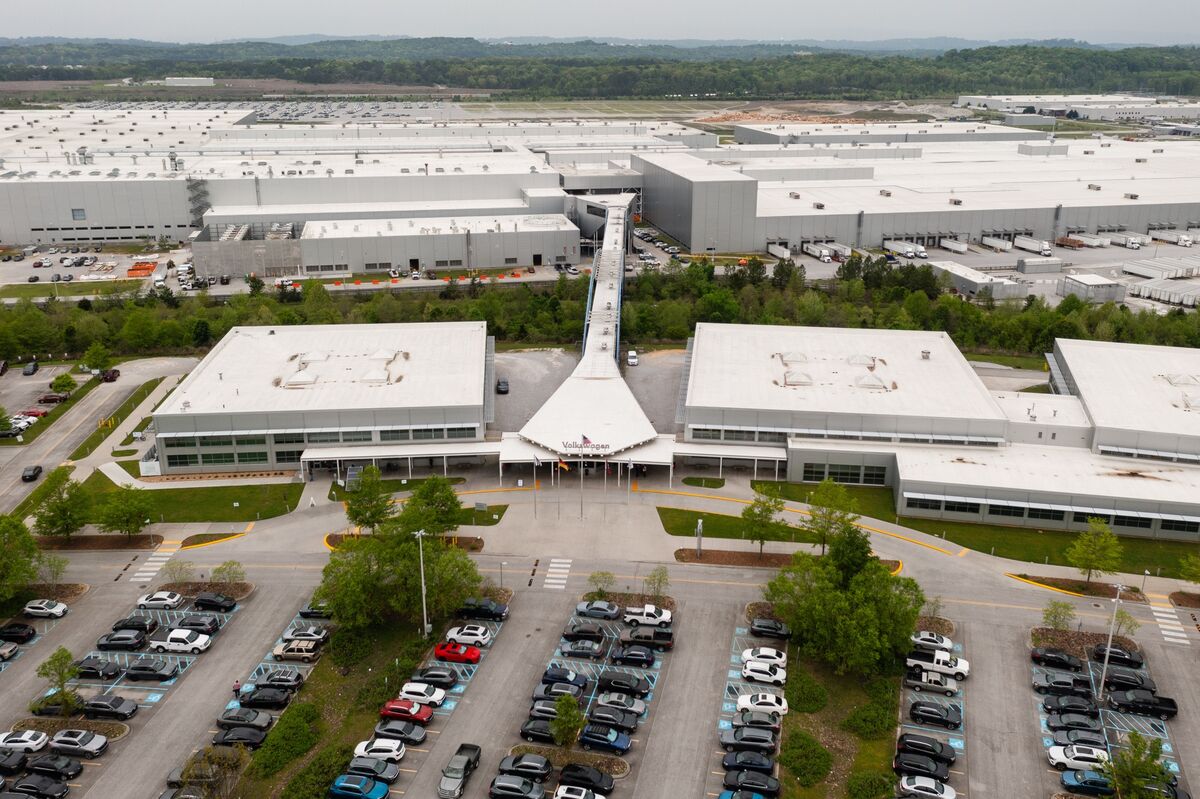
The Shifting Sands of Automotive Production: A Look at US Plant Investments
The automotive industry is a complex beast, constantly shifting in response to global events, technological advancements, and political pressures. One significant pressure point currently impacting major players like Volkswagen is the intricate dance of production location – specifically, the ongoing debate around manufacturing more vehicles within the United States.
For years, automakers have carefully weighed the pros and cons of establishing or expanding production facilities in North America. The advantages are clear: proximity to a large consumer market, potentially reduced shipping costs, and the opportunity to tap into a skilled workforce. However, factors like labor costs, regulatory environments, and the overall economic climate often complicate the decision.
Recently, this calculus has become even more challenging. The current political landscape is introducing a level of uncertainty that automakers are forced to factor into their long-term strategies. This uncertainty isn’t just about tariffs or trade agreements, though those are certainly significant considerations. It’s also about the perception of risk associated with investing heavily in a single region, particularly given the potential for shifts in government policy or unexpected economic downturns.
For companies like Volkswagen, which have ambitious plans for electric vehicle production and a global market strategy, the stakes are particularly high. A significant investment in a US plant represents a considerable financial commitment, requiring careful planning and a comprehensive understanding of the potential risks and rewards. This includes not just the immediate costs of construction and operation but also long-term considerations like supply chain resilience, workforce training, and the overall alignment with the company’s global production strategy.
The challenge lies in navigating a complex web of interdependencies. The decision to build a new plant isn’t simply a matter of comparing manufacturing costs in different regions. It involves evaluating the broader ecosystem: the availability of skilled labor, access to critical components, transportation infrastructure, and the political and regulatory stability of the region. A disruption in any of these areas can have cascading effects, impacting production timelines, costs, and ultimately, profitability.
Moreover, the growing emphasis on electric vehicles (EVs) adds another layer of complexity. The transition to EVs requires substantial investments in new technologies and manufacturing processes. Automakers must consider the availability of battery components and charging infrastructure, as well as the potential impact of government incentives and regulations aimed at promoting EV adoption.
The decision-making process for major automotive manufacturers is therefore far more nuanced than a simple cost-benefit analysis. It’s a strategic undertaking involving extensive market research, rigorous financial modeling, and a keen understanding of the political and economic landscape. The outcome – whether a company decides to expand its US footprint or pursue alternative locations – will have significant ramifications for the industry as a whole, impacting employment, economic growth, and the overall competitive dynamics of the global automotive market. The current environment demands a high degree of flexibility and adaptability, forcing manufacturers to continuously recalibrate their strategies in response to evolving circumstances. The future of automotive production is clearly being shaped by a multitude of interacting factors, and the decisions made today will have profound consequences for years to come.



Leave a Reply